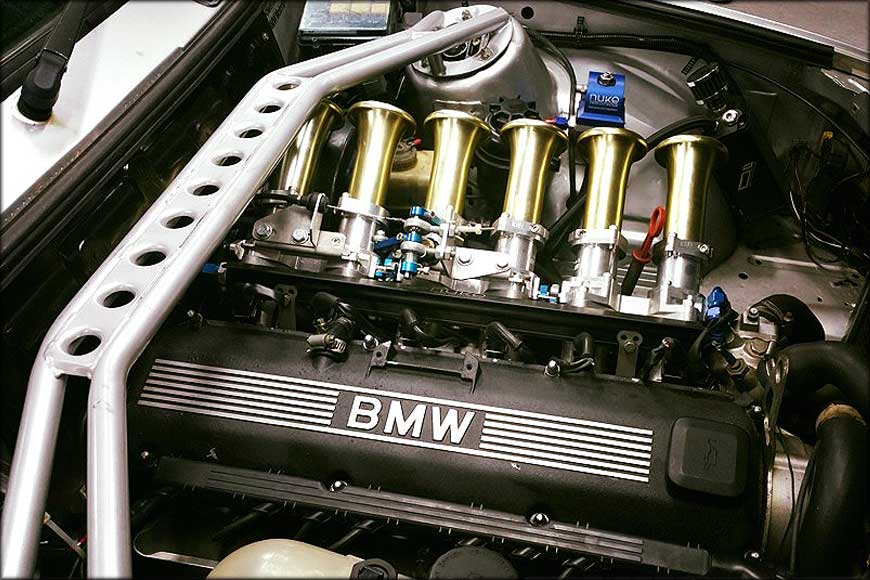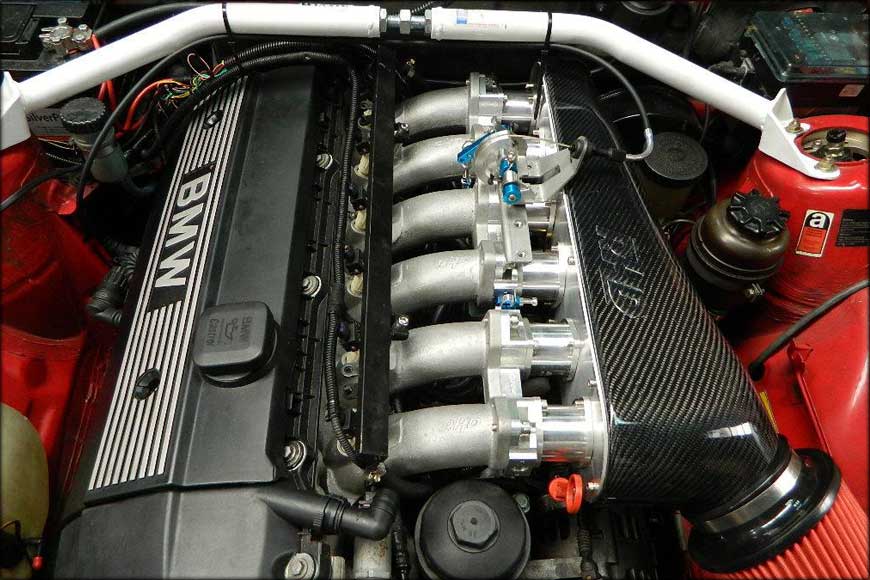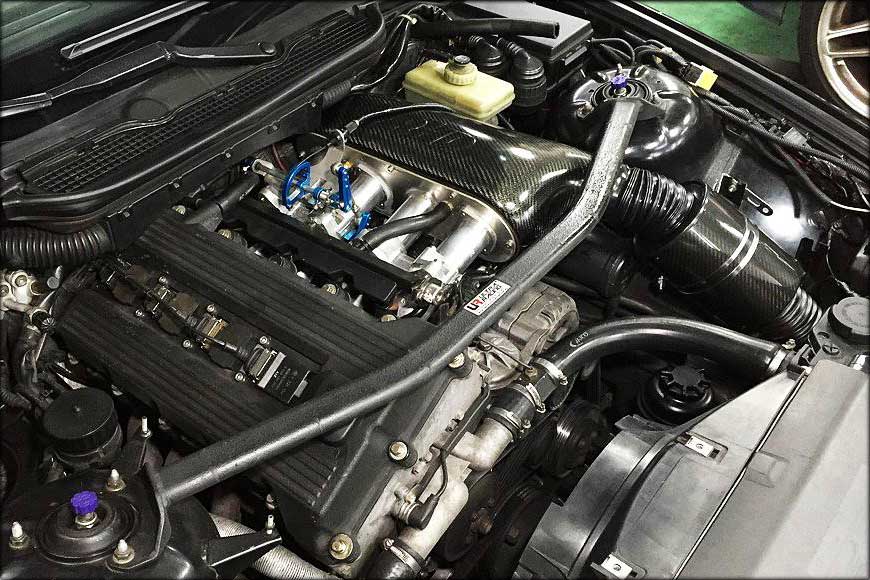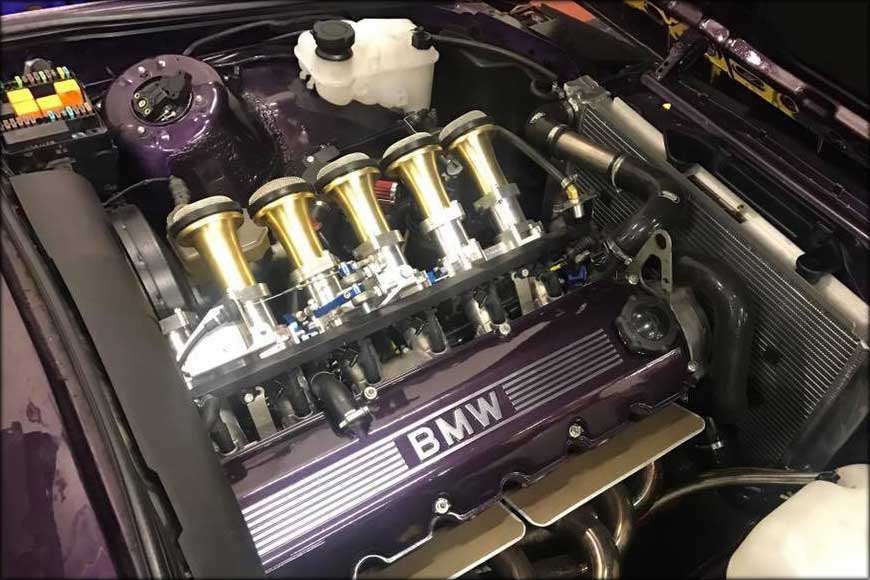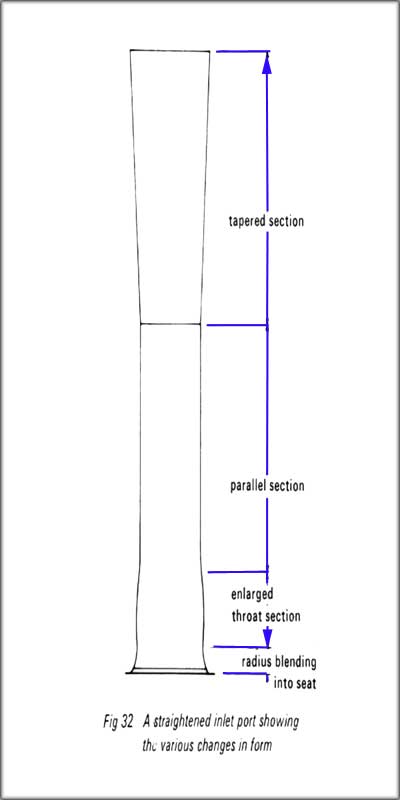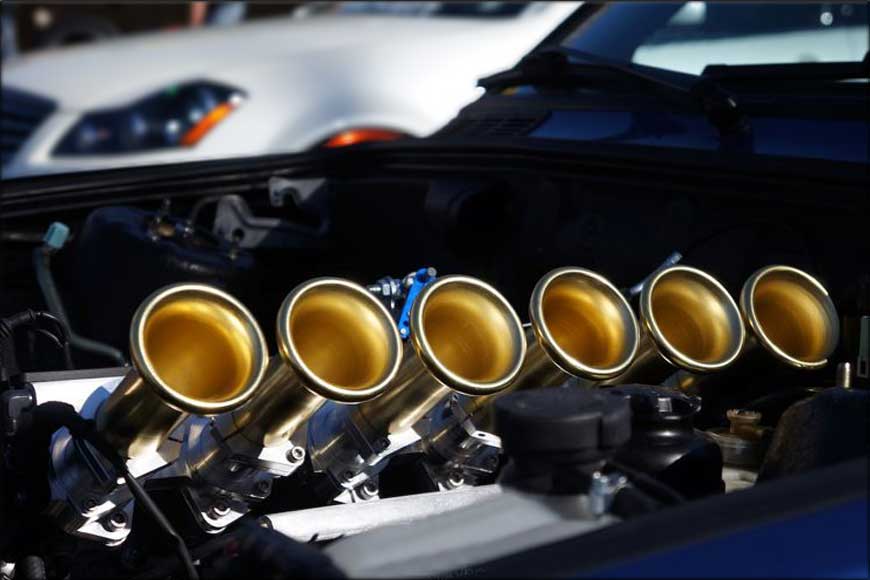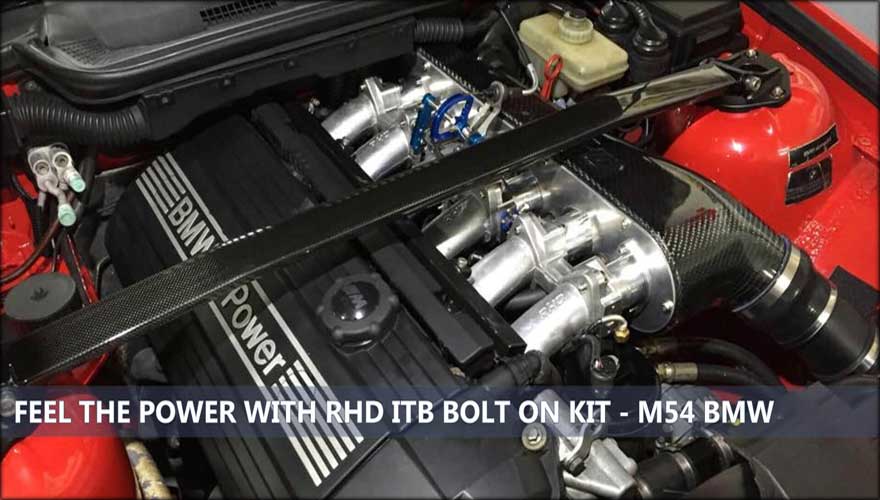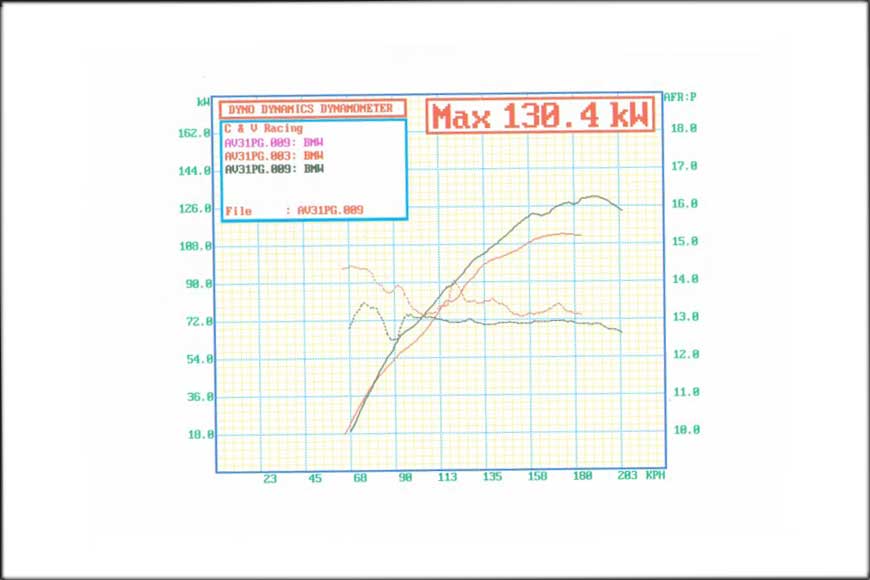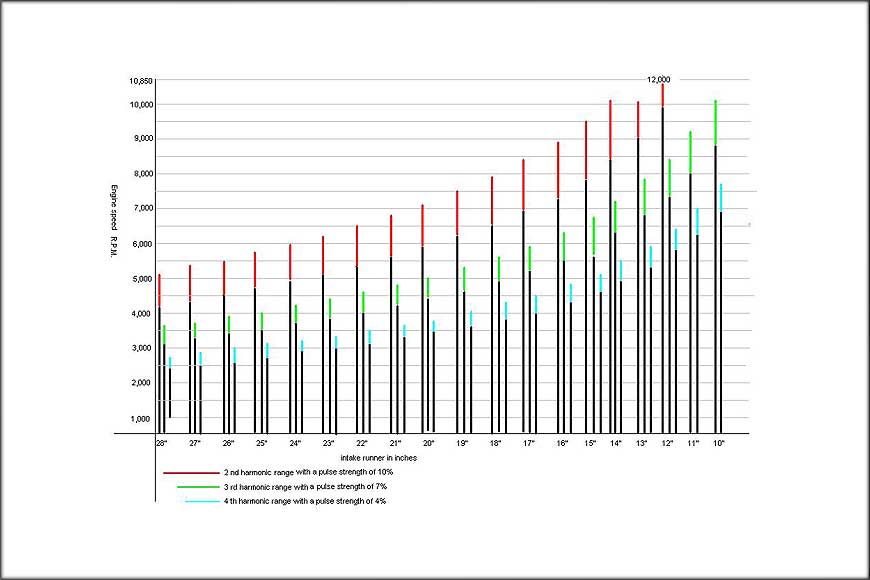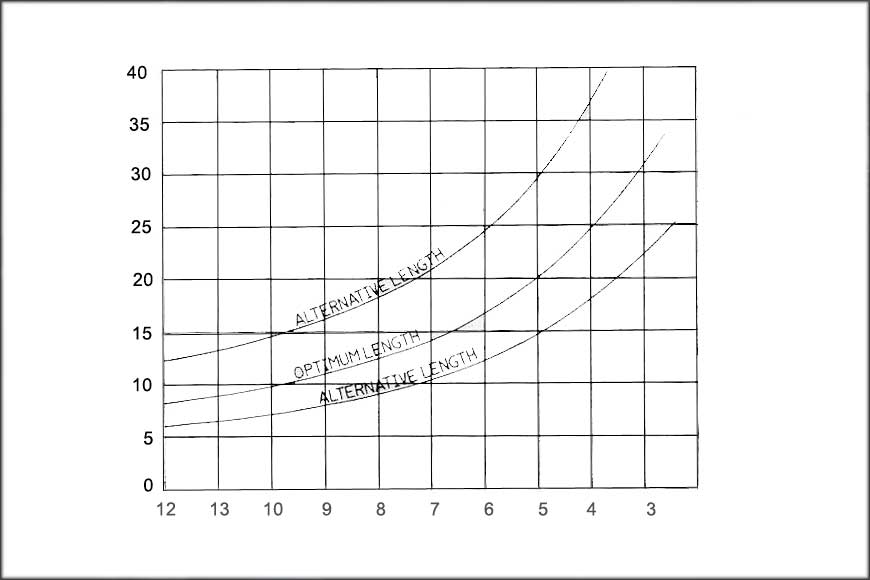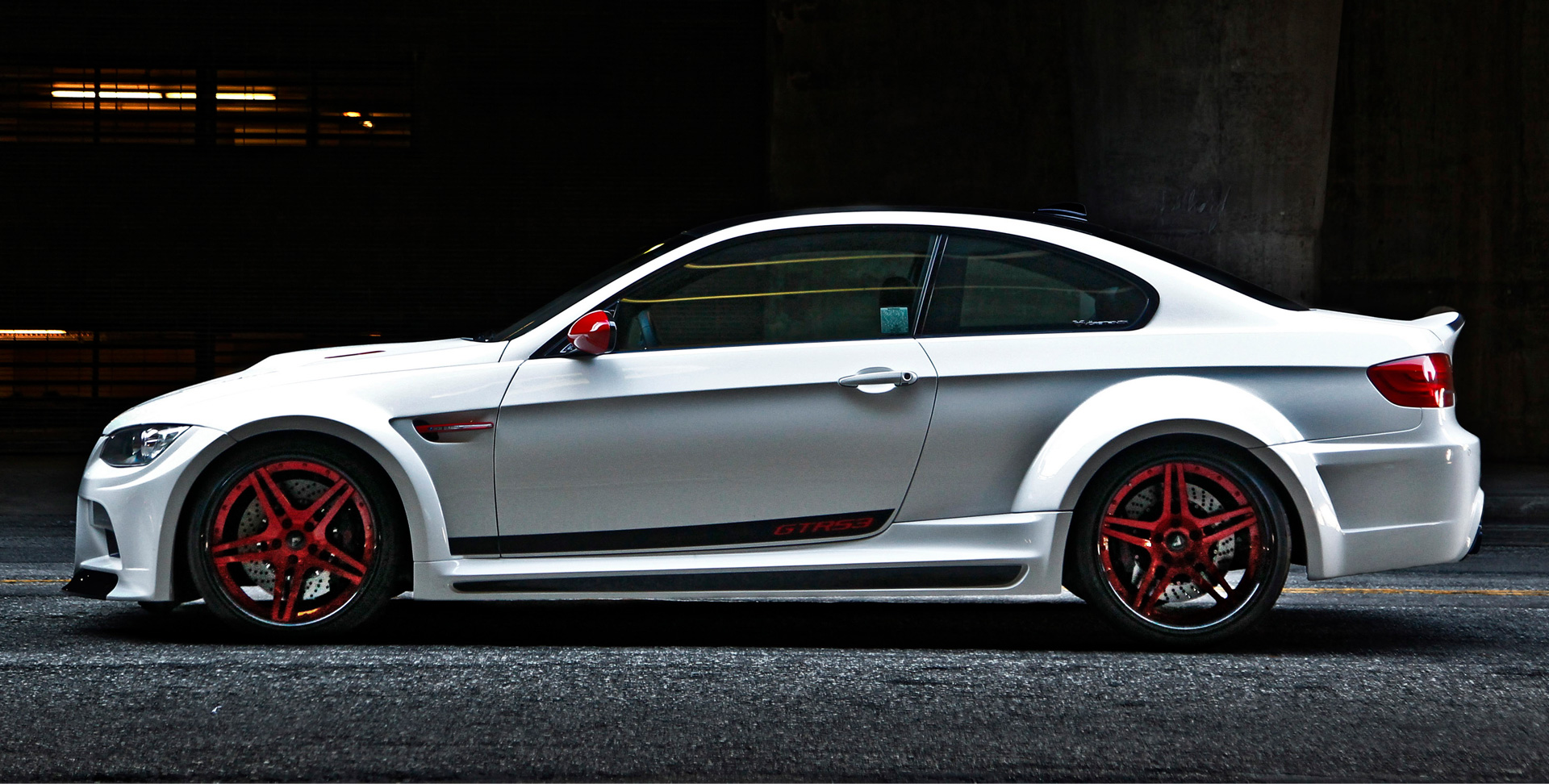ITB intakes are the most effective intake for a naturally aspirated engine there is absolutely no question about that and that is why the most powerful racing and performance engines will all have an intake like this in some form or another.
However there are a lot of myths and misconceptions about them and their application to an engine.
Firstly they are not reserved only for high rpm engines with huge cam duration and extensive head modifications.
Secondly if the system is sized correctly they will not cause and engine to loose all its torque and drivability, in fact quite often they can even improve low end torque as well as improving top end on even a stock standard engine.
How you might ask? well it all comes down to a combination of two critical aspects: air velocity and runner length. Production engines have to make a lot of compromises to meet various requirements such as production costs, space restrictions, emissions, economy, reliability and tuning stability.
All these things make an ITB type intake on production engines something usually only reserved for high performance and sports vehicles where the additional costs can be justified, so for every other engine that leaves the door open to make some improvements!
Lets get back to those two critical design aspects I mentioned before, the first is the air velocity this is most critical above everything else.
The velocity is directly proportional to the cross section area of the runner, i like to work in equivalent circular diameter to keep everything clear in my head.
So it stands to reason that the smaller the diameter the higher the air velocity for a given cylinder displacement.
WHAT SIZE IS RIGHT?
This is probably the most important question to ask for installing a successful itb system. There are some basic rules to follow and they might be surprising to most people because probably the single biggest mistake most people make is using an itb that is too big.
I have to point out here that its the runner size that's most significant and the ITB should be appropriately matched to the runner both before and after the actual butterfly plate.
The ultimate size of the runner is proportional to the total air flow requirement which in turn is linked to the power output of the engine, so by this theory we can use the power level as an indication of the size that is required not the engine displacement.
The length of the intake runner at which the power is delivered is related to rpm, but more on that aspect later.
For any engine to operate at its optimum efficiency it relies on a critical level of air velocity, this creates a ram effect during the induction stroke. If the velocity is too low then there is not enough kinetic energy in the intake charge to achieve a high level of cylinder filling.
This will affect the power at all rpm levels, the intake charge cant obtain enough velocity at peak torque rpm to fill the cylinder well so it will be boggy and unresponsive then as rpm rises and the efficiency of the engine falls and the cylinder still wont achieve the required velocities to pack the cylinder full with fresh intake charge during the valve opening period and the engine will never reach its full potential.
On the other hand if the velocity is too high then the engine will make excellent torque and mid range power due to the high velocities but at some stage as the rpm rises the power level will be slightly less than the maximum potential due to flow loss known as choke.
Here you should focus on the rpm that the engine will operate in most and remember you need to travel through the mid range to reach the peak.
An ideal intake port and runner has a tapered section from the trumpet or bell-mouth and a high velocity section all the way to the bowl area just before the valve,
If it were straightened out it would look something like this picture to the right.
The throttle plate can be placed at any location on the intake runner so you can see that the location of the butterfly will largely dictate the size it should be. This is why some extremely high power engines appear to have quite small ITB''s because the placement is closer to the valve, while other engines appear to have overly large ITB''s.
For example a BMW m3 engine has 50mm ITB but they also have 2 very long ports in the head that are only equivalent diameter of 37mm this is the high velocity section of the intake and the butterfly is effectively out near the bell-mouth. This is why everyone who adapts M3 ITB''s onto other engines with more conventional style head ports very often results in disappointment!
As a rule of thump if the flow capacity of the head is known then the ITB should be in the range of 120-140% of the head flow. But this all depends heavily on the assumption that the intake runner/port of the original engine is the optimum size in the first place! many production engines have ports that are already too large. Another way to estimate is by the power output of each cylinder.
Here are the RHD ITB measured flow rates at 28" and aproximate maximum power potential per cylinder when placed in the high velocity section of the intake runner. Remember this is approximately the maximum Hp that each size will support in a highly tuned engine with extensive modifications that uses wave and velocity tuning to achieve high levels of power/L.
Remember these are all theories and ideals. In reality very often the size will be determined more by the engines OEM port size, the whole intake system should not decrease then increase again at any point until just before the intake valve. Also different head and valve designes will have different affect on the dynamic wave propagation, for example 4 valve engines can generally take a larger throttle size than the equivalent 2 valve engine.
The correct size can also be calculated taking into consideration the displacement of the engine as well as the power output.
The table below can be used to help estimate the correct size ITB
40mm 265cfm 61Hp 350-500 cc/cyl
42mm 304cfm 70Hp 450-600 cc/cyl
45mm 362cfm 83Hp 550-700 cc/cyl
48mm 408cfm 94Hp 650-800 cc/cyl
Remember!!
1. Be realistic with your power goals
2. It is much better to be a little bit too small than too big
Practical Example
We installed a set of 40mm ITB's to a standard BMW m20 325i engine. No other engine modifications were made at that time and this is the result, a nice 18wKw (25wHp) gain from 112Kw to 130Kw.
It can be clearly seen from the dyno overlay that the previous power curve using the std manifold is always under the ITB power curve so this intake improved the power over the WHOLE rpm range not just over the top end.
The top end is where most of the gains were seen.
This should always be the case if the itb system is designed correctly, if gains were only seen at the top end or quite often no gains were realized at all then the chances are the system is too big and optimum runner velocity was never reached
RUNNER LENGTH
This brings us to the second important aspect of the intake which is the length, this is actually quite simple there are harmonic frequencies in the runner caused by the pulsing effect of the induction stroke and these are set by the rpm.
There always needs to be a high speed section in the port of adequate length for the air to develop enough kinetic energy so this eliminates the last group of harmonic frequencies and the first few are typically too long to be practical and wall friction losses would diminish its effect.
so that leaves us with just one optimal length for any given rpm and some secondary lengths either side which also work well, they will also cross over at lower and higher rpm.
A simple rpm based chart can be used to determine the correct length where you want your engine to operate. So it goes to reason that if you have an unmodified engine with low power output you would use an appropriate size itb probably quite small in diameter and a long runner and this will help that particular engine perform at its best. On the flip side the same engine in highly modified race application that operates at high RPM will require a slightly larger throttle and shorter runner length.

